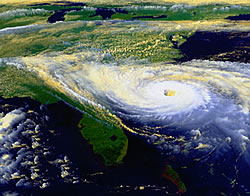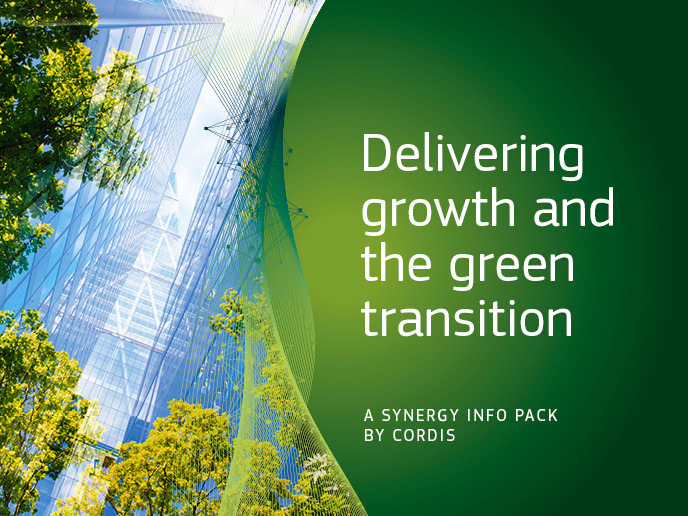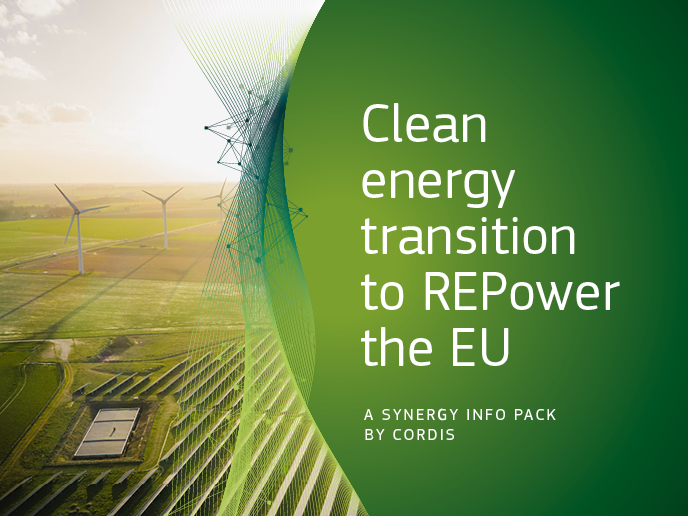Mapping greener spaces
Most European cities face such socio-economic problems as urban sprawl, traffic congestion, noise and air-pollution, making everyday life more taxing. Green space can play a vital role in alleviating the adverse effects of such conditions. Therefore the BUGS (Benefits of Urban Green Space) project has created a satellite map, which can apply spatial modelling techniques to enhance green space accessibility. the land use/land cover (LU/LC) feature it employs allows for the location and quantification of different types of landscape indicating the distribution of pattern quantity and location. In addition to this, the results could be useful for providing drafts of atmospheric spread and pollutant conveyance in the entire urban area as well as in specific places. The BUGS project has utilised several layers in the models. These include land-use/cover categories, Normalised Difference Vegetation Index and Land Surface Brightness Temperature. Many layers have been used to locate, identify and analyse different LU/LC components, including colour composite image and classification file. In the first case study, which was conducted in the Urban Community of Strasbourg, approximately 300 square kilometres were covered. The results have been produced on both high resolution and very high resolution satellite images. Use of the satellite maps can assist in city planning and in promoting an overall better quality of urban life.







